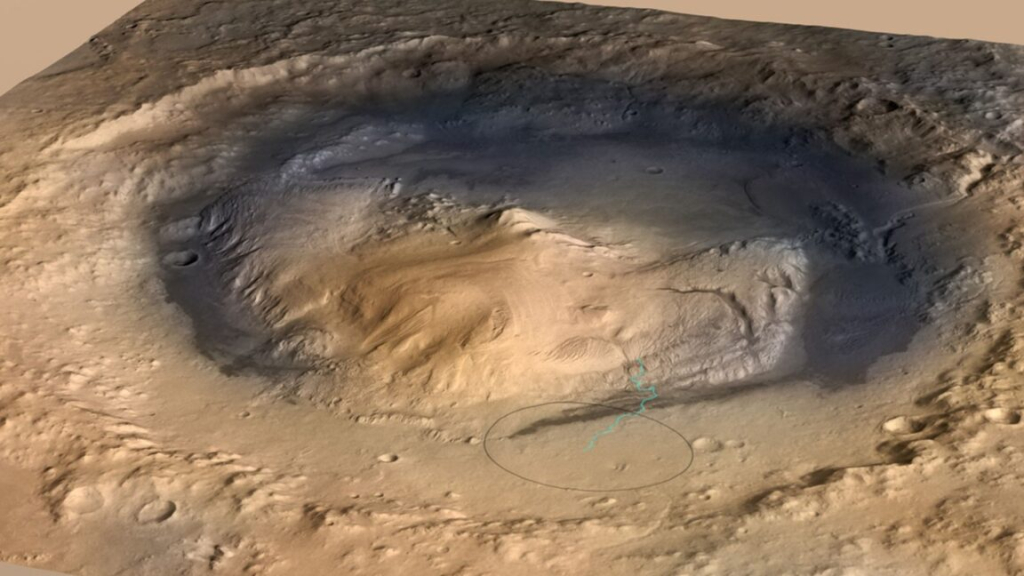The Curiosity rover’s mission began in the depths of Gale Crater, specifically at the base of Aeolis Mons, also known as Mount Sharp. NASA’s initial expectations were to discover some of the earliest geological samples in this area. The mission’s objective was to ascend Mount Sharp, collecting samples that would represent progressively younger geological eras, thereby reconstructing the history of habitability and the significant desiccation of Mars. During its ascent, Curiosity uncovered carbon that had previously eluded satellite detection.
A Flawed Cycle
The team led by Tutolo focused their research on four sediment samples that Curiosity drilled after climbing over a kilometer up Mount Sharp. Using the rover’s Chemistry and Mineralogy instrument, which employs X-ray diffraction for compositional analysis, the team discovered that the samples contained approximately 5 to 10 percent siderite. “Siderite is an iron carbonate, similar to calcite found in limestone, but with iron occupying the cation site instead of calcium,” Tutolo stated. “This was expected given Mars’ higher iron content, which contributes to its distinctive red hue.”
The siderite samples exhibited remarkable purity, suggesting they formed through an evaporation process akin to the formation of evaporated lakes on Earth. This finding marks the first indication of an ancient carbon cycle on Mars. “We now possess evidence that supports existing models,” claimed Tutolo. The carbon present in the Martian atmosphere appears to have been trapped in rock formations, analogous to processes observed on Earth. However, the key difference lies in the inability of this carbon to re-enter the atmosphere from the Martian rocks.
Tutolo elaborated on the distinction: “On Earth, when oceanic plates subduct into the mantle, limestone and other carbonate formations are reheated, releasing carbon dioxide back into the atmosphere through volcanic activity.” In contrast, Mars lacks the efficient plate tectonics that facilitate this process. As a result, a significant amount of carbon became permanently entombed in Martian rock, contributing to a thinning atmosphere. Although it’s probable that Mars had its own carbon cycle, it was fundamentally flawed, leading to the planet’s current barren and lifeless desert landscape.






